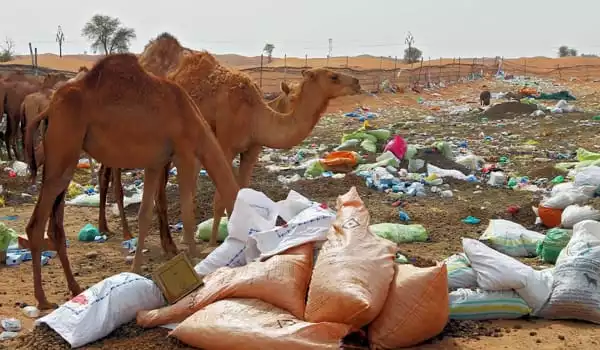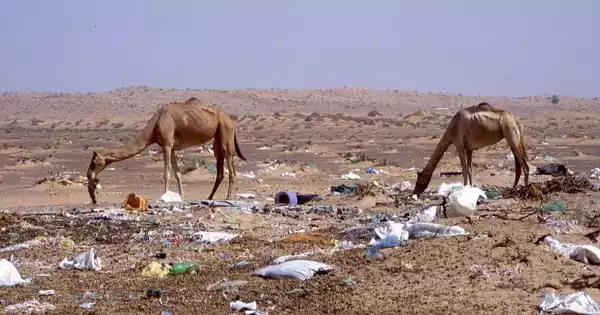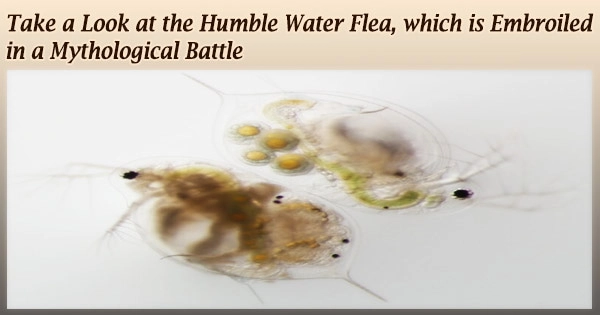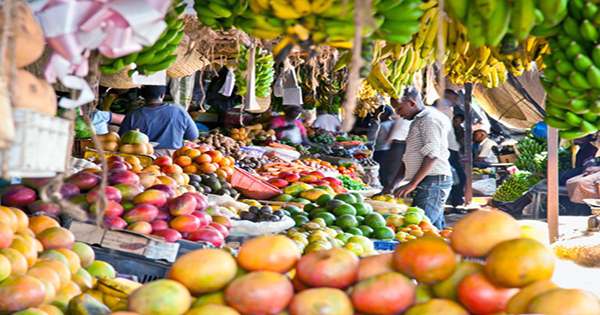With so many camels chomping on plastic, it’s worth considering why they’d be drawn to it in the first place. It’s difficult for a camel to locate food in a desolate environment like the desert, therefore if it’s not sand, it’s food. When resources are short, plastic bags soaring through the air and becoming entangled in acacia trees appear to be the ideal item to eat. Camels may also forage in landfills or illegal dumpsites, where they may be drawn to food waste and salts on plastic packaging products and consume them.
They reported that after consuming this waste, the camels may have a false sensation of satiation and refuse to eat further, resulting in dehydration, malnourishment, and death. The indigestible materials also create gut blockages, ulcers, and lacerations or deadly sepsis from abundant bacteria caught in the bags’ folds.
Marcus Eriksen was studying plastic pollution in the Arabian Gulf when he met camel expert Ulrich Wernery. “[Ulrich] said, ‘You want to see plastic? Come with me.’ So we went deep into the desert,” Eriksen recalls. Before long, they spotted a camel skeleton and began to dig through the sand and bones.
He recovered five polybezoars as part of a research study with other scientists (Ullrich Wernery, Mia Nixon, and Amy Lusher). In the lab, they discovered a mass of plastic bags and ropes all the way through, producing blockages, infections, and ruptured gut linings in the afflicted camels. Out of the 30,000 camels in the region, Dr. Wernery’s Central Veterinary Research Hospital has reported over 300 deaths from polybezoars. This represented an ecologically relevant concentration of a 1% mortality rate, indicating a severe problem in the desert.
We unearthed this mass of plastic, and I was just appalled. I couldn’t believe that — almost did not believe that — a mass as big as a medium-sized suitcase, all plastic bags, could be inside the rib cage of this [camel] carcass.
Dr. Marcus Eriksen
“We unearthed this mass of plastic, and I was just appalled. I couldn’t believe that — almost did not believe that — a mass as big as a medium-sized suitcase, all plastic bags, could be inside the rib cage of this [camel] carcass,” says Eriksen, an environmental scientist at the 5 Gyres Institute, a plastic pollution research and education organization in Santa Monica, Calif.
“We hear about marine mammals, sea lions, whales, turtles and seabirds impacted” by plastic waste, Eriksen says. But “this is not just an ocean issue. It’s a land issue, too. It’s everywhere.”
About 390,000 dromedary camels (Camelus dromedarius) live in the United Arab Emirates. Now in a study in the Journal of Arid Environments, Eriksen, Wernery, and colleagues estimate that plastic kills around 1 percent of these culturally important animals.

Wernery, a veterinary microbiologist at the Central Veterinary Research Laboratory in Dubai, and his colleagues studied 30,000 dead camels since 2008. 300 had guts stuffed with plastic. Plastic weighing three to 64 kg was found in a subset of five camels. These plastic masses were called “polybezoars” by the researchers to distinguish them from naturally occurring hair and plant fiber bezoars.
Dromedaries eat plastic bags and other debris that drift into trees and build up along roadsides as they travel the desert in search of food. “From the camel’s point of view… if it’s not sand, it’s food,” Eriksen explains.
Camel stomachs are filled with plastic, so they don’t eat because they don’t feel hungry, and they starve to death. According to Wernery, plastic can also leach toxins and introduce bacteria that poison the one-humped mammals.
“If future and more extensive investigations confirm 1% mortality due to plastic, then plastic pollution will undoubtedly represent a cause of concern for [camels],” says Luca Nizzetto, an environmental scientist at the Norwegian Institute for Water Research in Oslo who was not involved in the study. “These kinds of studies are important for raising public awareness about pollution.”
Banning plastic bags and single-use plastics is crucial for protecting camels and other wildlife, Eriksen says. “Plastic bags are escape artists. They blow out of garbage cans, out of landfills, out of trucks and out of people’s hands. They travel for hundreds of miles.”
Single-use plastics, such as bags, straws, and cups, are used once and then discarded. They are significantly more expensive than the mere convenience of a few minutes of use. Plastic bag manufacturers do not wish to stop producing them because they have successfully convinced individuals and government officials that customers and cities are to fault for not recycling.
Unfortunately, recycling is doomed to fail because companies that use plastic refuse to adopt criteria for designing products and packaging for recyclability or to mandate a certain percentage of recycled plastic in new products. The actual solution is the global deployment of a circular economy, which includes the elimination of single-use disposable plastic items such as plastic bags. Through producer responsibility for plastic use and a new economy around re-use, we will make strides to save animals like camels from being negatively impacted by their human-influenced environments.
















